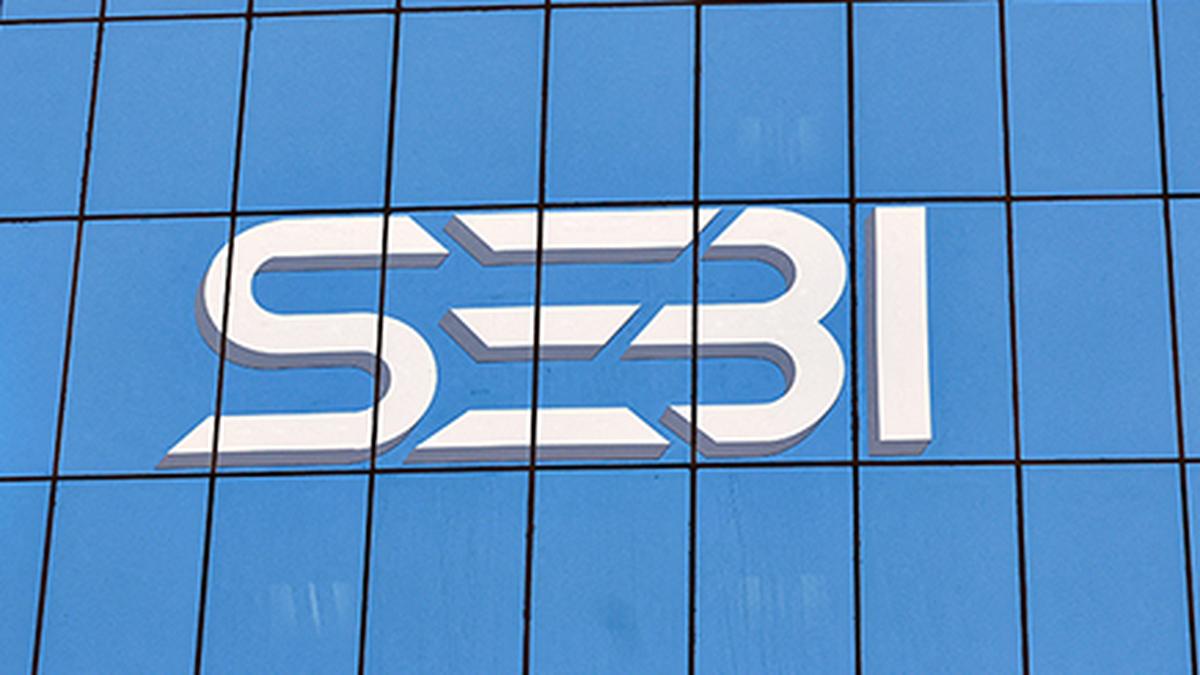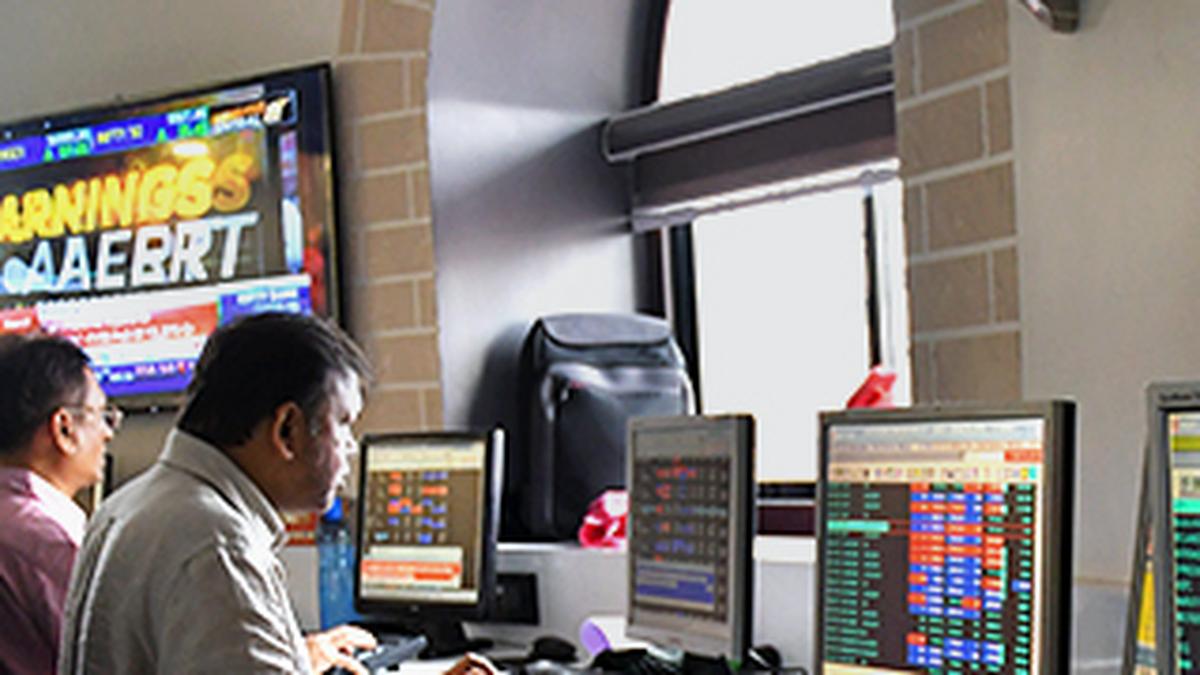State Bank of India (SBI), India's largest lender, has reported better-than-expected results for the September quarter, with its stressed loan portfolio showing signs of resilience. Despite concerns surrounding the performance of unsecured loans, the bank's financials reflect stability.
This is driven by effective asset quality management and prudent lending strategies.
Stable financials amid concerns
SBI’s net interest income (NII) for the quarter grew by 5.4% year-on-year, reaching ₹41,620 crore.
The bank’s net profit surged by 28% to ₹18,331.4 crore.
More importantly, the asset quality improvements suggest that fears about rising stressed loans were overstated. The gross non-performing assets (NPA) ratio decreased to 2.13% from 2.21% in the June quarter, while net NPA stood at 0.53%, improving from 0.57% in the previous period.
These figures are better than analyst expectations, which had predicted gross NPAs of 2.16% and net NPAs of 0.55%.
On a nominal basis, the bank’s gross NPAs decreased to ₹83,369 crore from ₹84,226 crore in June, and net NPAs fell to ₹20,294 crore from ₹21,555 crore.
This reflects both a reduction in stressed loans and a more favorable overall credit environment.
Resilient unsecured loan portfolio
One of the key areas of concern for analysts had been SBI’s unsecured loan portfolio, which includes personal loans and credit card debt.
However, Chairman CS Setty noted that 95% of the unsecured loan book is composed of loans to the salaried class, which has remained relatively stable throughout the pandemic and post-COVID periods.
While demand for unsecured personal loans has been slower, there are signs of recovery with the onset of the festive season.
Setty also pointed out that the bank has successfully managed risk in this segment, maintaining healthy asset quality despite the challenges.
Concerns over RINL’s SMA-1 classification
In a more specific instance, SBI also categorised Rashtriya Ispat Nigam (RINL), a public sector steel manufacturer, under the Special Mention Account 1 (SMA-1) category in Q2 FY25.
This categorisation, which signals a slightly stressed but non-default status, was related to a ₹9,000 crore fund-based outstanding amount with the government-owned client.
SBI clarified that the SMA-1 designation was temporary and the account was later “pulled back,” indicating that the situation may not be as financially strained as initially feared.
SMA-1 accounts are defined as those where payments are overdue by 31-60 days, and although flagged as at risk, they are not yet in default.
Positive broker sentiment
Brokerages have largely expressed optimism following the results. Jefferies has maintained a "Buy" rating with a target price of ₹1,030, highlighting the stability in retail asset quality as a key factor.
Similarly, Nomura has raised its target price to ₹1,050, emphasising SBI’s sector-leading growth and low cost-to-income ratio.
CLSA also reiterated its "Outperform" call with a target of ₹1,075, forecasting continued growth in SBI’s corporate loan book, which is expected to expand at rates of 17-18% going forward.
These positive assessments suggest that SBI's proactive management of stressed loans, along with its diversified loan portfolio, has allowed it to weather potential risks in the unsecured loan segment.
Outlook and strategic focus
SBI’s management remains optimistic about sustaining its growth trajectory.
Setty emphasised that the bank’s focus on deposit growth and digital banking remains a key strategy, with deposits crossing ₹51 lakh crore in the quarter.
The bank is also aiming for double-digit growth in deposits for the full year while maintaining its guidance of 14-16% credit growth.
SBI’s efforts to shift focus from bulk deposits to savings accounts and enhance customer service through its large branch network and technological initiatives are expected to support its long-term growth prospects.

 1 month ago
1 month ago















